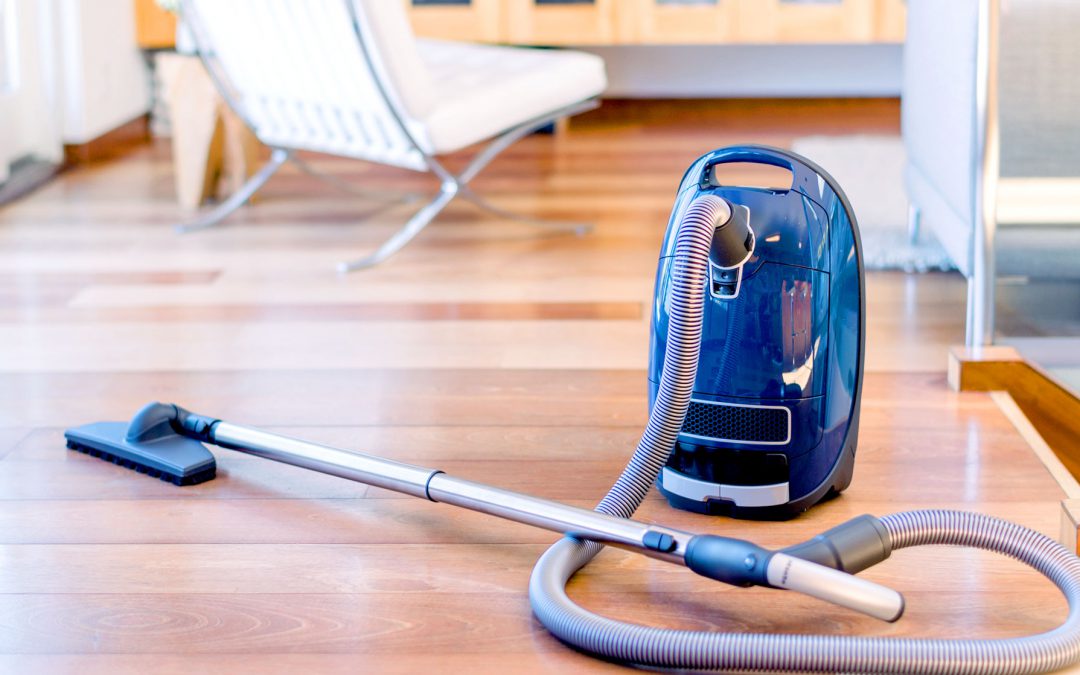
A Guide to How to Clean Upholstery
A Guide to How to Clean Upholstery
Has any part of your upholstery accumulated dust, pet hair, etc.? Do you want to clean them? Well, handy tips can help you in removing the dirt’s, making the upholsteries get cleaned properly. As you know upholstery cleaning in Sacramento, CA is important and it is better to keep them clean as part of maintenance protocal. Below are a few steps to clean the upholsteries.
Three Things to Remember
While cleaning the upholsteries, it is important for you not to saturate them. Rather clean them with a small amount of water and with a little cleaning solution.
If the upholsteries have some spills or stains, then baby wipes or micro fiber cloth are best.
Allow the upholsteries to dry naturally.
Steps to follow to clean the upholsteries
Remember, upholstery cleaning is not a rocket science. Rather, it needs few tools and techniques. This guide can help you in knowing how to clean your upholsteries.
First of all vacuum the furniture’s and remove all the dirt’s as well as dusts. Make sure to use the rights tool to clean it. Remove the dust’s with the brush that is soft or with any other gentles tools so that the dusts can be eliminated without offering any damages to the furniture.
Secondly, clean the spots. If you find any spots, then make the use of micro fibre cloth and wipe the upholstery gently with the help of the cleaning solution. First select inconspicuous area and then apply the cleaning solution to test whether it is working or not. And then apply the cleaning solution to remove the spots.
Thirdly, after cleaning the spots you need to clean the entire upholstery. For this, with the help of the soapy water and the microfiber cloth, wipe the entire upholstery. But doing this make sure to use a little water.
Fourthly, comes the drying process. There are people who make the use of hairdryer to make the upholstery dry quickly, but it is always good to make them dry naturally. Open up the door and windows and allow the upholsteries to get dry naturally.
Hence, these are the steps that you need to follow while cleaning the upholstery, but if you are one of those people who do not have time to clean the upholsteries, then it is wise to hire an upholstery cleaning service in Sacramento, CA. easy clean CARPET CARE is a renowned company that offers tile and grout cleaning, upholstery cleaning, wood floor cleaning, etc. at an affordable amount. These experts are experienced and offer good quality cleaning services to the clients. It offers a guarantee on its services. To know in detail, click here at www.easycleancarpetcare.com
Your content goes here. Edit or remove this text inline or in the module Content settings. You can also style every aspect of this content in the module Design settings and even apply custom CSS to this text in the module Advanced settings.

Recent Comments